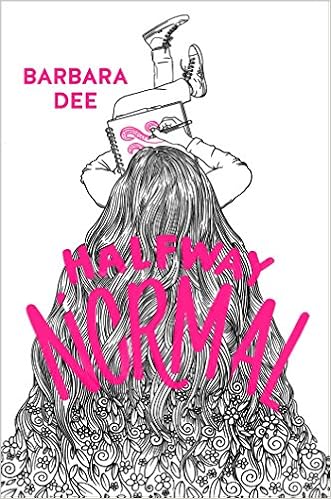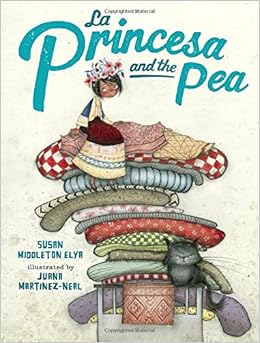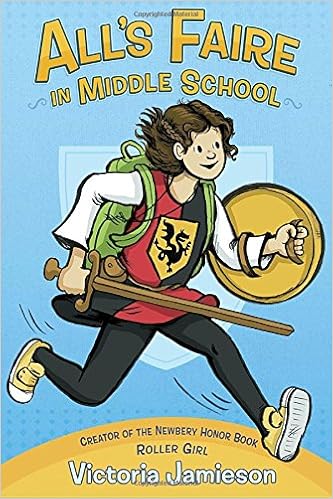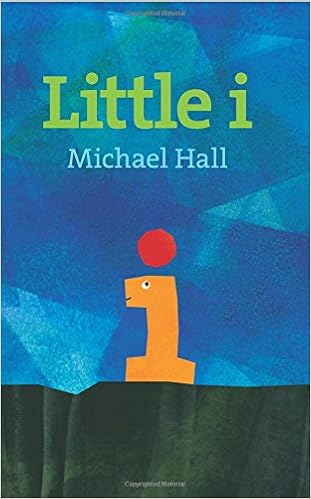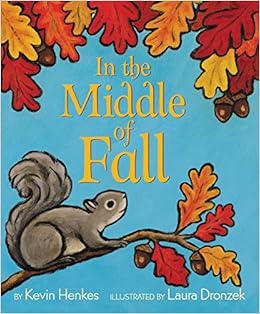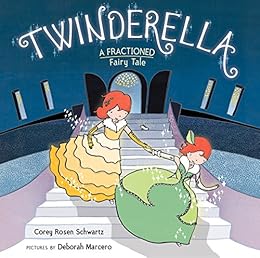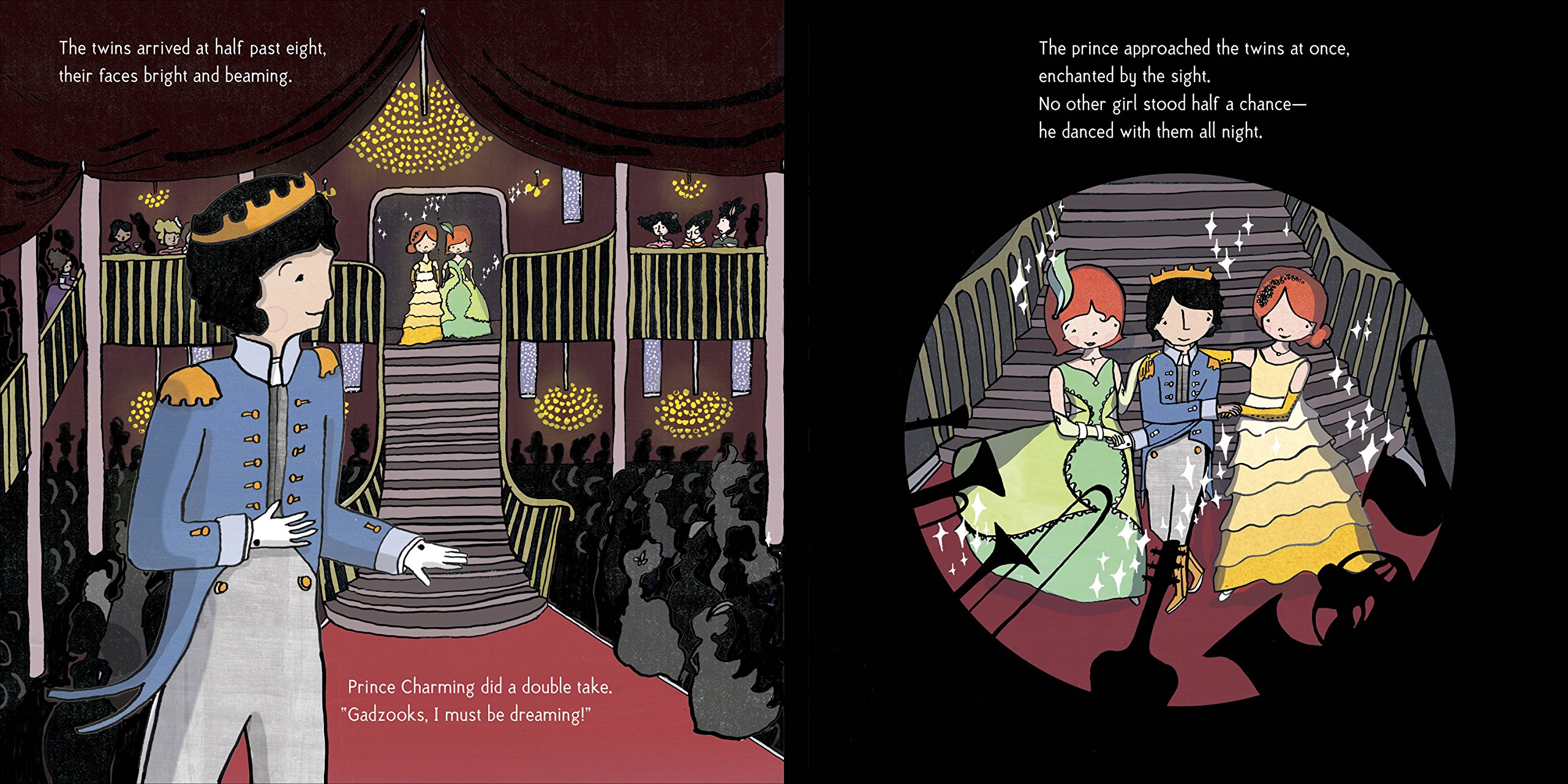Published by Atheneum Books for Young Readers
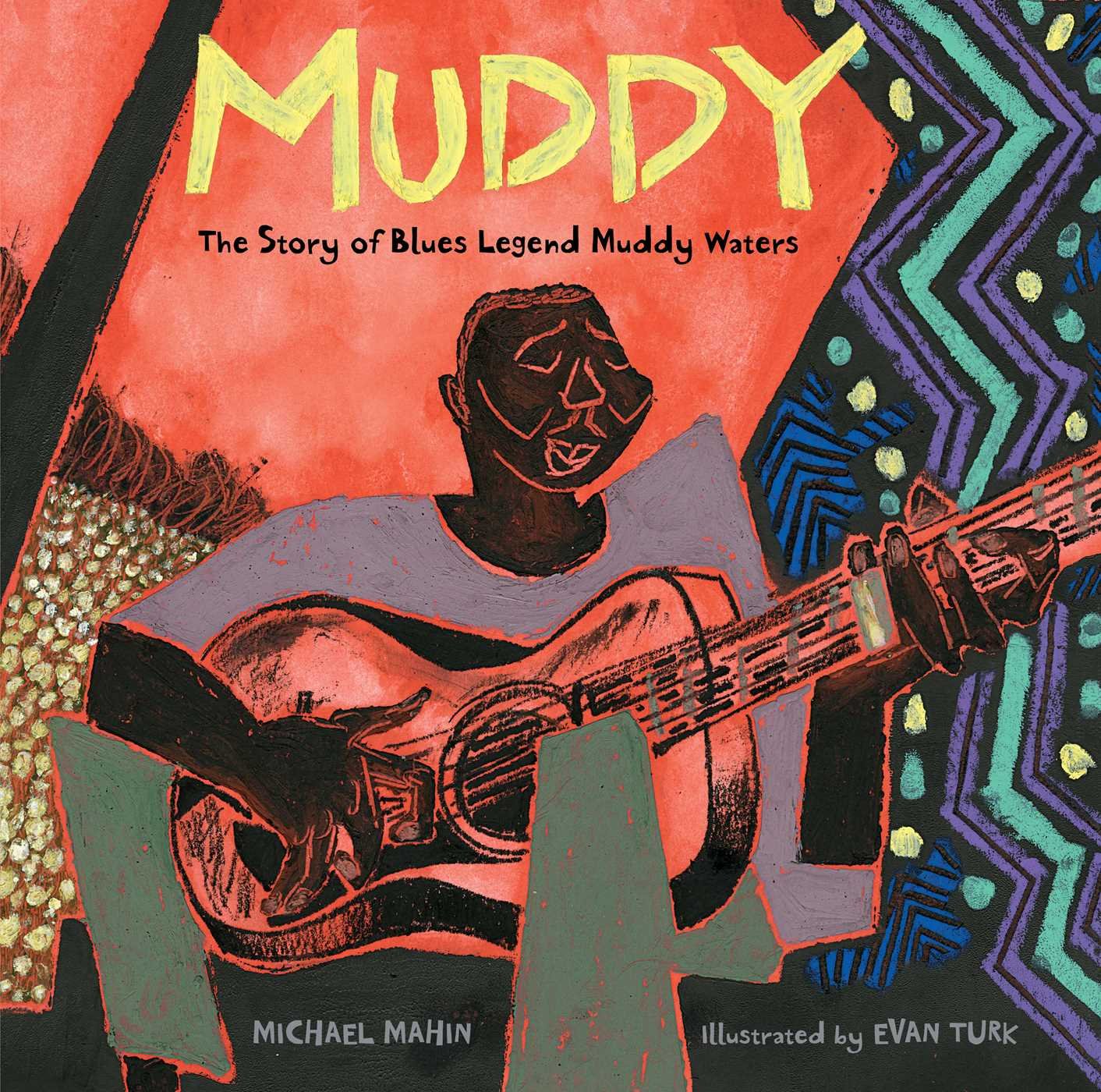
Summary: McKinley Morganfield was born into a family of sharecroppers on the Mississippi delta, and from a young age, he did his own thing. He couldn’t stay out of the mud, resulting in his childhood nickname of Muddy. He loved the blues; even though his grandmother didn’t love them, he taught himself to play guitar and played and sang whenever he could. As a young man, he got into a fight with his boss, and was forced to leave town. He headed for Chicago, hoping to make a living as a musician. After playing in clubs for a while, he tried to make a record. Producers wanted him to copy others’ music, but Muddy eventually found success with his own sound. An author’s note gives more information about Muddy Waters’ life, music, and his influence on later musicians like the Beatles. 48 pages; grades 1-5.
Pros: Evan Turk’s unique illustrations (Caldecott contender?) perfectly capture the spirit of Muddy Waters’ life and the blues music he created. The text has a lyrical feel to it as well.
Cons: More biographical information or a timeline would have been useful.
